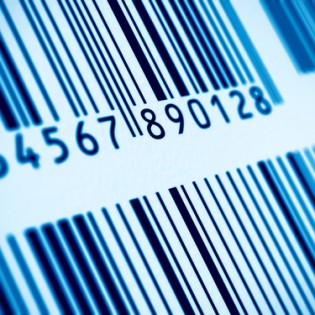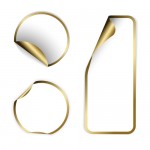More than 400 years have passed since the first printed label appeared on a product. Back then, printing was it its toddler stages. Perhaps taking the very first steps. The paper being printed on was handmade. The ink on the other hand was made from an assortment of herbs. It took 200 more years for the industry to change for the better. With 19th’s century industrial revolution came more developments not just in the already established printing industry but also in the budding product labeling industry. Looking back at the developments, one can only appreciate how innovative industry players were back then. Strangely, one needs to look at such historical developments so as to understand how the same industry is changing today and what to expect from product labels in the near future.
Minimalism
When it comes to designing labels today, it appears that minimalism does wonders. Long gone are the days when product labels feature more texts than was necessary in a bid to impress consumers. This trend first emerged in the mineral water industry. Bottles suddenly featured just a handful of texts. What was then thought as a trend in passing became a trend that easily stood the test of time. Minimalist designs took centre-stage. About the same time, regulations in the tobacco industry made it mandatory of cigarette packs to feature minimalist designs in the packages. At least 70% of the packaging was meant to address health effects of smoking. These minimalist trends are there to stay. It is easy to foresee this as more and more product labeling experts and service providers seem to embrace the trend.
Accuracy
This has everything to do with today’s informed consumer as well as different regulatory frameworks. Portions must be accurately labeled on products. This is especially important in the food, beverage and pharmaceutical industry. Sugar portions, fats, additives and preservatives are some of the most common things consumers look for in products before deciding whether or not to purchase. A consumer today is more likely to leave one product in favor of the next one in the name of inaccurate or ambiguous labeling. With that in mind, label your products with utmost precision as far as nutritional content, sugars, additives, sweeteners and preservatives are concerned.
Regulatory Frameworks
Laws are enacted almost every year to regulate product labels. This is not about to change for the sole reason that governments world over have the best interest of consumers. Laws that provide for how labels should be designed and what should be featured in such labels will always emerge.
Innovation
Talk of innovation in product labeling today and you most likely will hear someone mention or talk of bar codes and QR codes. This kind of innovation has of course transformed the labeling world. It gets better with the fact that more is yet to come. Who would have thought it would be possible to learn more about a product just by scanning a product using a smartphone application? This kind of innovation means easy marketing as well as reduced costs. It is a win-win situation for the product manufacturer and labeling service provider.







